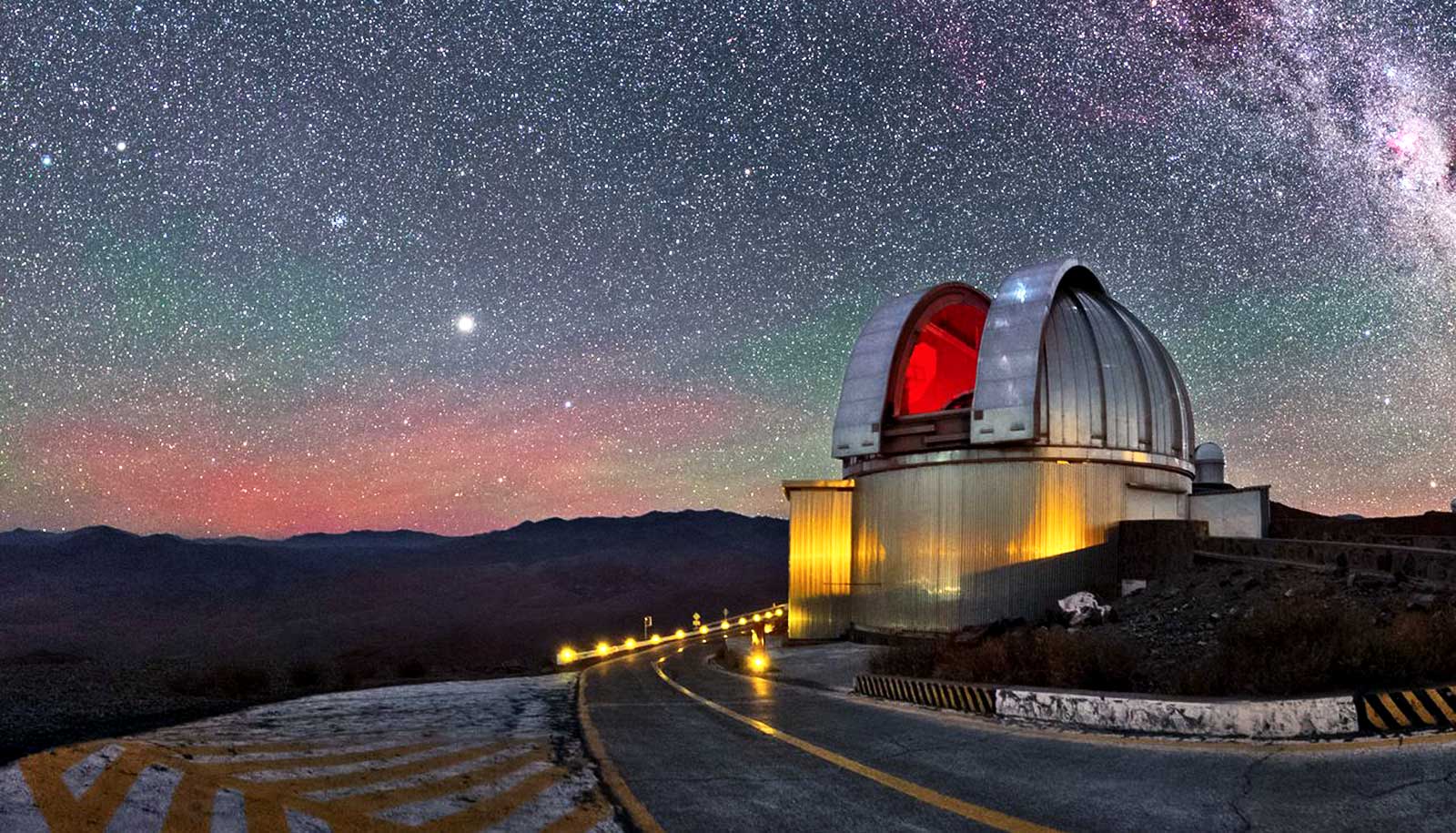Wendy Freedman, who spent much of her career measuring the age of the universe, is now working on a project that may very well give scientists a chance to glimpse into its birth.
Freedman, a professor of astronomy & astrophysics at the University of Chicago, works in the field of observational cosmology, measuring the expansion rate of the universe. In 2001, she and a team of scientists found that the universe is around 13.7 billion years old—far more precise than the previous estimate in the 10- to 20-billion-year-old range.
Freedman was the founding leader from 2003 until 2015 of an international consortium of researchers and universities to build the world’s largest telescope high in the mountains of Chile. The Giant Magellan Telescope will be as tall as the Statue of Liberty when complete, and ten times more powerful than the Hubble Space Telescope—with the ability to look back at the dawn of the cosmos.
“In our field, the new developments have come with new technology,” Freedman says. “Without exception, from the time that Galileo first turned a telescope to the sky in 1609, every time we’ve built a new capability we’ve made new discoveries, which is why we’re so excited about this.”
The telescope, 80 feet in diameter and weighing more than 20 tons, will be the first of its kind to see fine details like a planet’s atmosphere, which could one day help discover life on other planets. The telescope is expected to be operational starting in 2024.
“If we really were able to show that there’s life on a planet outside of our own solar system, that will be one of the discoveries that will not only be exciting for astronomers but will change human kind’s perspective on our place in the universe,” Freedman says.
On this episode of the Big Brains podcast, Freedman discusses her research on measuring the age of the universe, the Giant Magellan Telescope, and the search for life outside our solar system.
See how glass chunks become a giant telescope mirror
Source: University of Chicago



